The winter solstice is called “TOJI” in Japanese.
As you know, this day is the shortest day of the year.
Since ancient times, it has been customary in Japan to pray for good health and celebrate. This is because it is said that the power of the sun will be restored from this day.
So how do Japanese people spend the winter solstice?
Eat something with an “N” sound

What does this mean? In Japan, it has long been said that you eat something with an “N” sound on this day. For example, ” nin-jiN ( carrots )”, ” dai-koN ( radishes )”, udoN noodles, etc. It is said to be lucky because the sound of “N” is similar to “UN” which means good luck.
Eat squash

squash is called “KABOCHA” in Japanese. But squash has another name, which is called “NANKIN”. This also has an “N” sound.
In addition, squash is rich in vitamin A and carotene, so it is effective in preventing colds and cerebrovascular diseases. Originally, the summer season is squash season, but since it can be stored for a long time, it is a good nourishment in winter season.
Recommended recipe:How to make “Boiled squash and red beans “
Put YUZU in the bath
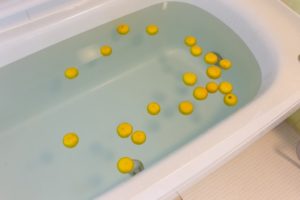
This is also derived from the Japanese “sound”, so it is very difficult to explain in English, so I will omit it here.
In Japan, we take a bath with Yuzu on the day of the winter solstice.
It is said that this will allow you to survive the winter without catching a cold.
The Yuzu that is popular in winter season has a strong scent and there’s a belief that it’s strong smell fights over evil.The Yuzu tree takes many years to bear fruits which translates that the years of hardships will be soon rewarded.
Just a heads-up, as you put some Yuzu fruits into the hot water, your body will warm up but it may stain your dry skin. Please be very careful with small children.
Eat konjac
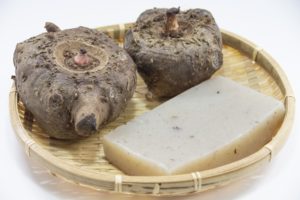
Konjac is jelly made from Konnyaku yam roots.
Konjac is thought to release toxins that has accumulated in the body.
It has lots of fiber, which helps to clear the bowels.
Eating this konjac on the day of the winter solstice has the meaning of removing dirt for one year, cleaning of the body to welcome the new year.
shirataki is made from konjac.
Eat azuki ( red beans )
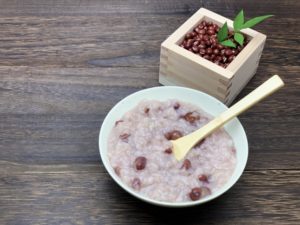
The azuki bean porridge, having it’s red color means to expel demons/evil.
Having this belief, Japanese eat red bean porridge on the day of the winter solstice to get rid of the evil spirits.
This custom was originally practiced in China, but it has been passed down to Japan and is still practiced in some areas.
Recommended recipe:How to make “Boiled squash and red beans “

As you can see, many old customs remain in Japan.
If you are staying in Japan on the day of the winter solstice, why not enjoy the Japanese-style winter solstice?
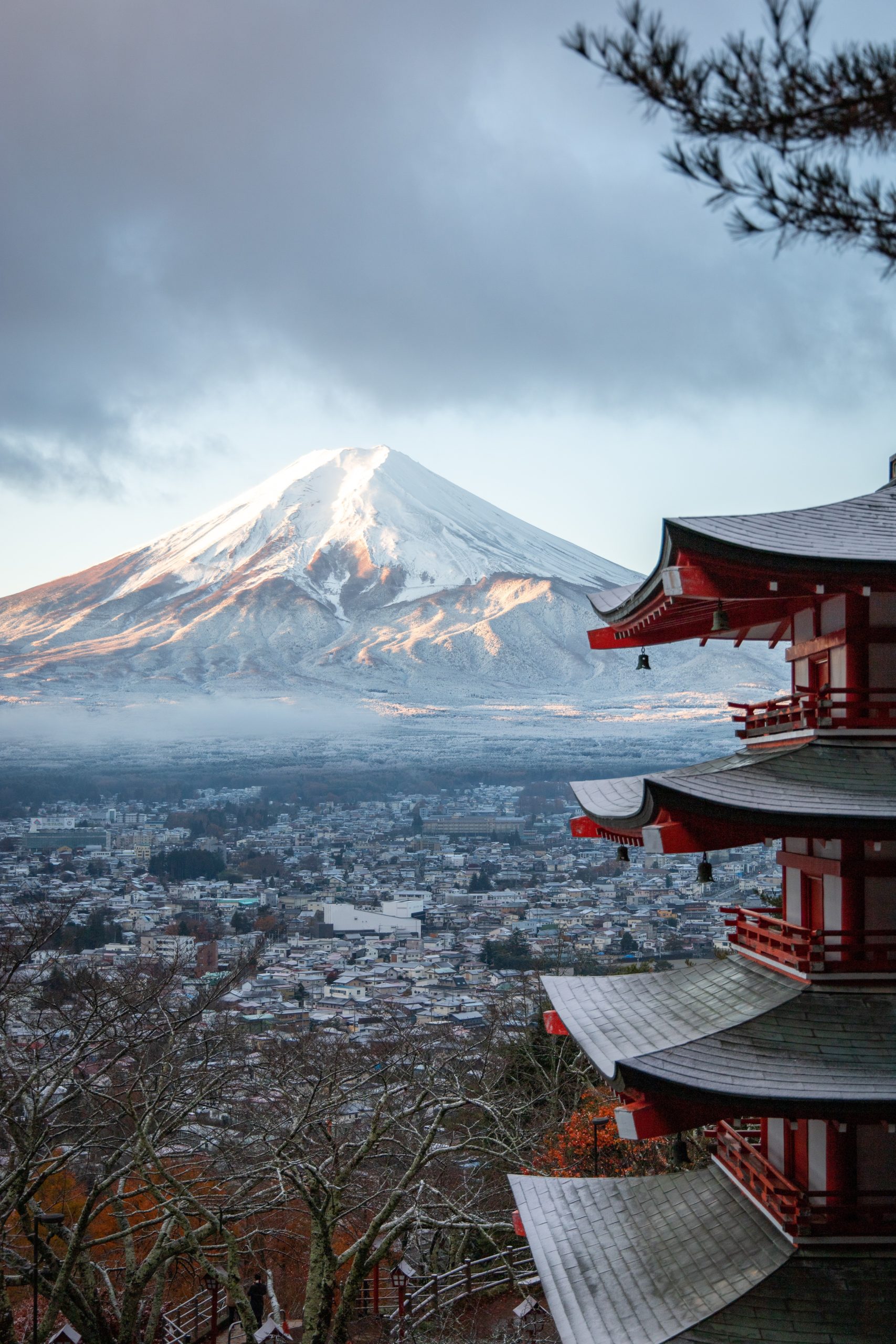

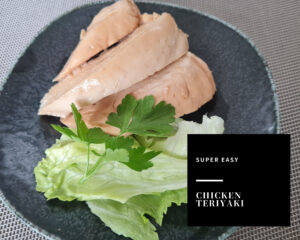

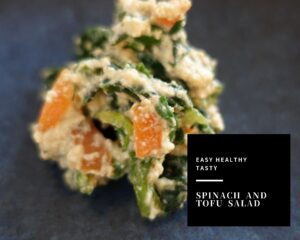
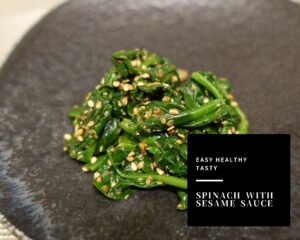
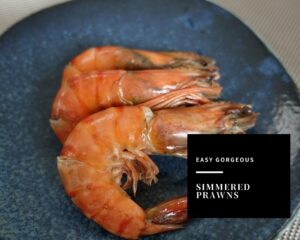
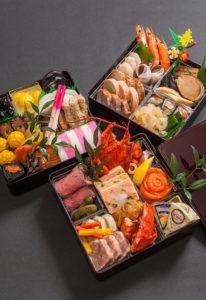
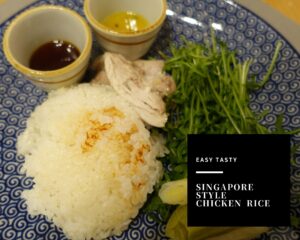
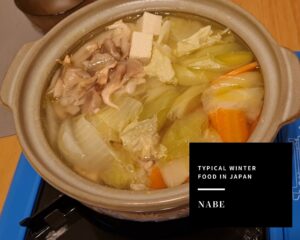
Comments